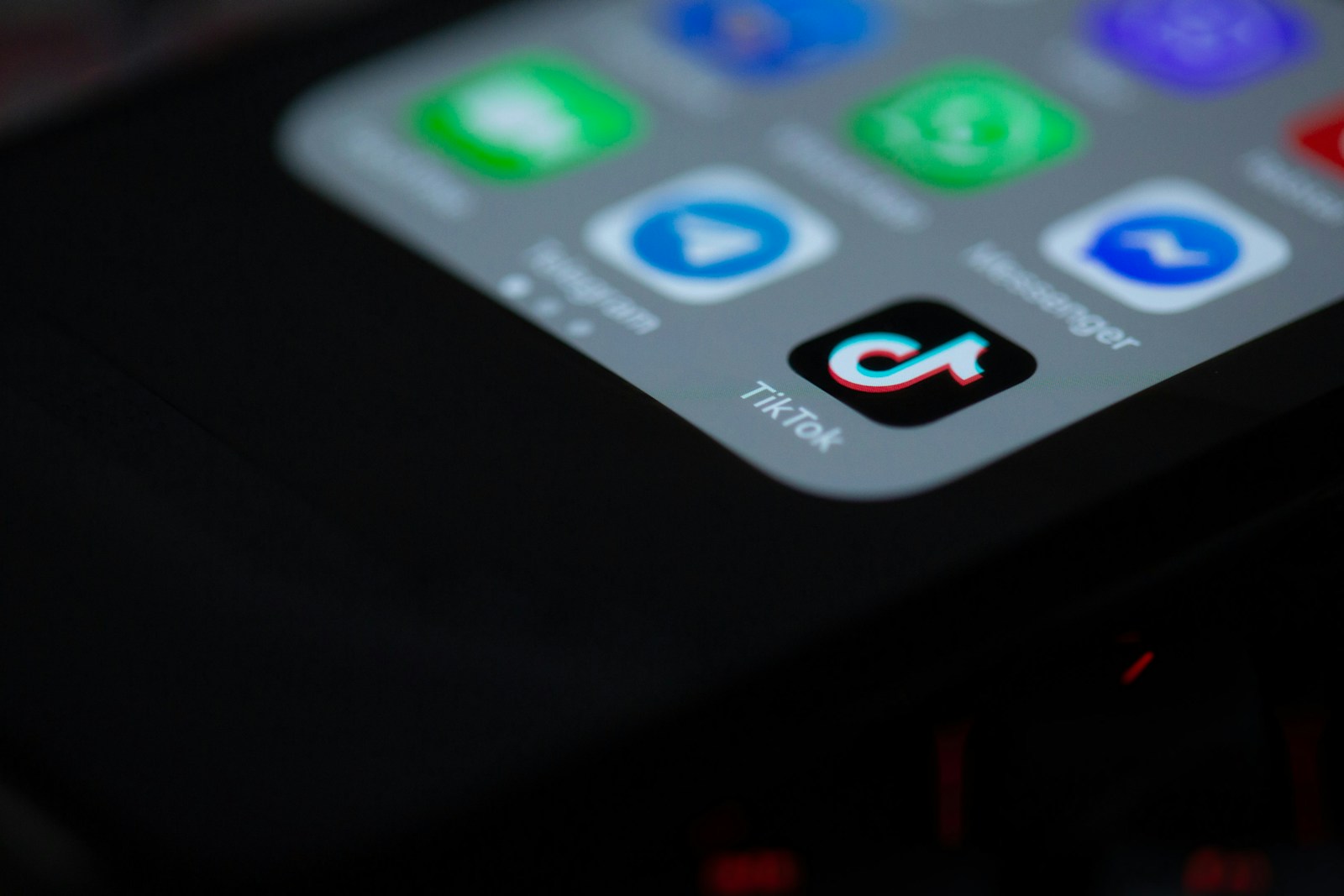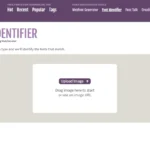TikTok, a popular social media app owned by Chinese company ByteDance, has come under scrutiny for its data collection practices. Like most social media platforms, TikTok collects a variety of personal information from its users, including profile details, content preferences, device characteristics, and location data. This has raised concerns regarding safety and privacy, particularly in regards to national security and the privacy of millions of users worldwide.
While these practices are intended to improve user experience, they also serve the interests of the company’s business model. Social media companies typically collect large amounts of user data in order to tailor advertisements and content. In light of ongoing discussions about security and the handling of user data, consumers and regulators are increasingly demanding transparency about what information TikTok collects and how it is used.
Understanding TikTok’s Data Collection: What You Need to Know
TikTok’s popularity as a short-form video platform has soared. But with its rise comes concern about how much data it collects on its users. Here’s a breakdown of what TikTok tracks and why.
Information TikTok Gathers
- Usage & Device Data: This includes your browsing history on TikTok, IP address, videos watched, how often you use the app, and device information like model and settings.
- Content & Interactions TikTok keeps tabs on the videos you create, comments you leave, and messages you share.
- Location Data: While approximate location can be tracked through your IP address, TikTok can also request access to your precise location data.
- Contacts and Networks: If you grant permission, TikTok can access your phone contacts and data from other social media accounts.
- Search History: Data on the keywords and topics you search for on TikTok is collected.
Why Does TikTok Collect This Data?
- Functionality: Some data is necessary to allow the app to run efficiently, such as device information and your IP address.
- Personalization TikTok uses your browsing history and interactions to tailor its algorithm to your interests.
- Analytics: Data helps TikTok understand how people use the platform, making improvement decisions.
- Advertising: TikTok uses data for targeted advertising based on your interests.
Privacy Concerns
Here’s a table summarizing privacy concerns and the data relevant to each:
| Concern | Related Data Collected |
|---|---|
| Potential sharing with third-parties or foreign governments | Usage and device data, content data, location, contacts |
| Targeted advertising & potential manipulation | Browsing habits, search history, content you create |
| Building comprehensive profiles | All types of data collected can be combined to create user profiles |
Remember
While TikTok has stated that it takes privacy seriously, the amount of data it collects raises transparency concerns. You can limit some of this data collection by adjusting your privacy settings within the app.
Key Takeaways
- TikTok gathers extensive personal data such as profile information, preferences, and device specifics.
- Privacy and national security concerns are associated with TikTok’s data handling.
- Transparency about data use is a growing demand among users and authorities.
Details of Data Collection by TikTok
TikTok gathers a variety of information from its users to create personalized content and target advertising effectively.
User-Provided Information
When users create a TikTok profile, they provide certain details directly. This includes, but is not limited to:
- Age: To manage age-appropriate content.
- Videos: TikTok collects the videos that users upload.
- Location: This helps TikTok tailor the experience to the user’s region.
- Messages: Users send and receive messages through the app.
- Phone Number and Email Address: Necessary for account setup and potential recovery.
- Biometric Data: Certain features may require face and voiceprints.
Automatically Collected Data
TikTok’s system collects certain data automatically, which is crucial for the app’s functioning and for improving the user experience. This data includes:
- IP Address and Mobile Carrier: For connecting to the internet and ensuring content delivery.
- Device Identifiers and Operating System Information: For recognizing the user’s device and optimizing the app accordingly.
- Cookies and Pixels: These track app usage and user preferences.
- Keystroke Patterns: To identify unique users and potentially enhance security measures.
- Privacy Settings: TikTok respects these settings but requires access to certain information for personalized experiences.
Third-Party Data Acquisition
TikTok collaborates with external entities to acquire additional data. This improves their services and ad targeting:
- Trackers: Employed across the web, they collect data about user behavior.
- Device Identifiers: Shared by other companies to recognize users across different platforms.
- Data Harvesting Partnerships: TikTok may partner with other services to enhance user profiles for content and ad customization.
By combining these sources of data, TikTok can create detailed user profiles and provide a highly personalized app experience.







